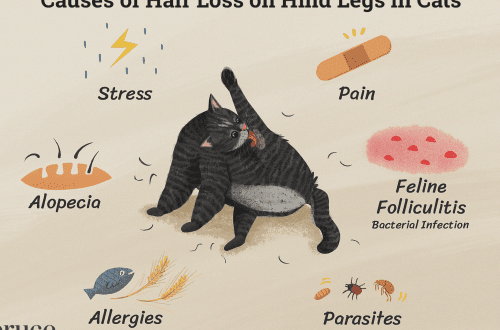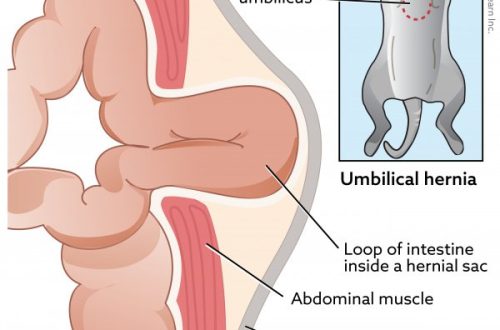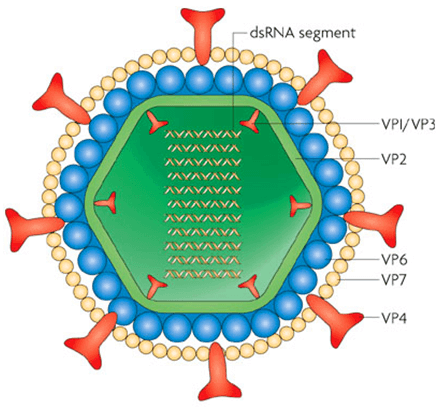
Rotavirus in the basket
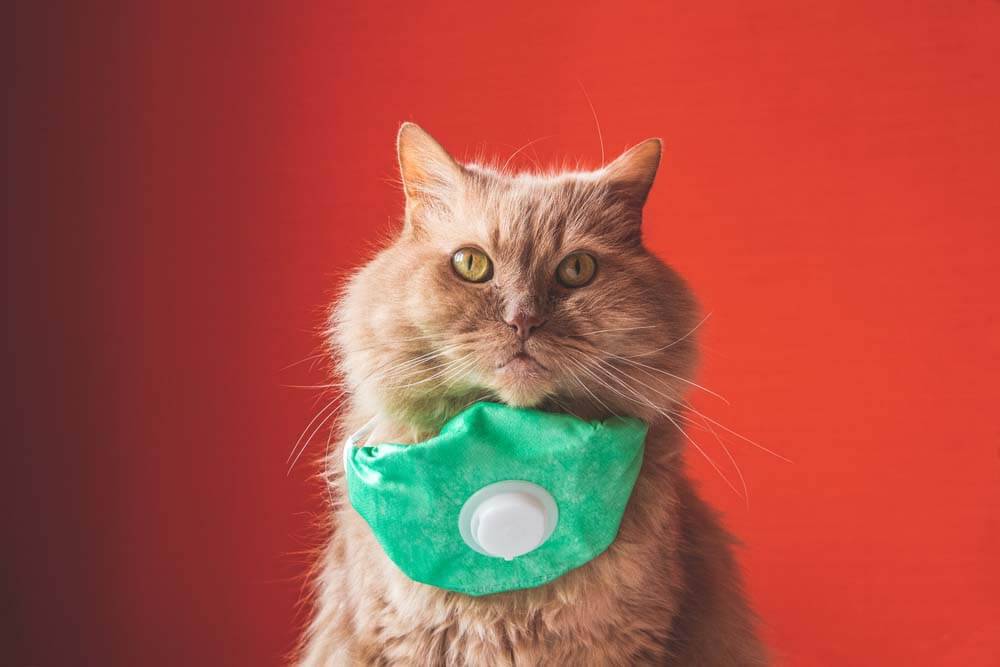
Contents
Causes of rotavirus infection in cats
The disease occurs as a result of infection with an intestinal pathogenic virus. The rotavirus genus is widely distributed throughout the world. Outwardly, under a microscope, the virus looks like a wheel: round with a core in the middle and divergent lines in the form of spokes. Hence its name – “rota” is translated from Latin as “wheel”. The main source of infection is sick animals. Rotavirus enteritis in cats is transmitted by the fecal-oral route – through contaminated care items.
Infection factors include the following:
Late cleaning of toilet trays;
Shared bowls and bedding;
Cats licking each other.
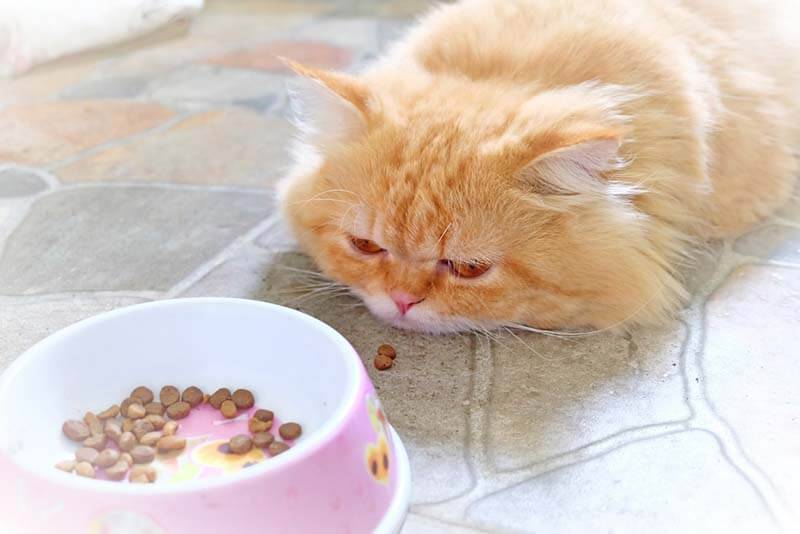
Keeping several animals in the same room matters, especially when a new pet appears in the house. Nurseries and shelters are at risk.
The most susceptible to the disease:
Small kittens up to 5 months of age;
Cats under stress;
emaciated animals;
Pets with concomitant diseases such as: chronic viral infections (leukemia and feline immunodeficiency), parasitosis (worm infestation, giardiasis, cryptosporidiosis, trichomoniasis). Rotavirus in a cat that does not go outside and does not have contact with other animals is unlikely.
Symptoms
The course of the disease can be conditionally divided into three stages. The first stage This is the entry of the virus into the intestines. It passes without symptoms. With the beginning of the vital activity of rotavirus in the body, second stage disease when the symptoms of the disease appear.
Rotavirus enteritis can occur with the following symptoms:
Loose and sometimes even watery stools;
Signs of dehydration – dry mucous membranes, decreased skin elasticity;
Deterioration in the quality of wool – it is dull, dirty.
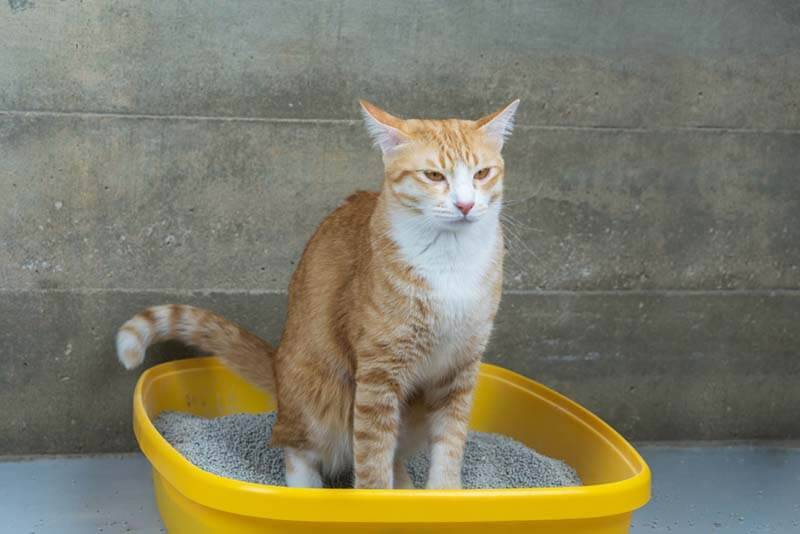
In severe cases of the disease appears:
Decreased appetite or complete refusal to eat;
weight loss;
Apathy.
With severe dehydration and refusal to eat, the pet may die.
Very often the disease is asymptomatic.
Asymptomatic is when a cat becomes infected, but it looks and feels normal – there are no signs of illness. At the same time, infected animals, as well as pets with symptoms of the disease, excrete rotavirus with feces into the external environment, which is the source of infection.
Small kittens that feed on mother’s milk may not have diarrhea. The mother cat, taking care of the kittens, carefully licks them, so the owners do not see the feces. But a sick kitten will lose weight, lag behind in growth and development, which can be noticed.
The third stage – recovery. The body eliminates the virus, and the symptoms of the disease disappear.
Diagnosis of rotavirus enteritis in cats
Rotavirus is diagnosed in cats in a complex way: on the basis of anamnesis, clinical signs, laboratory tests.
The most common and main method of laboratory diagnostics is PCR of feces.
PCR is a polymerase chain reaction that detects the presence of rotavirus in stool.
Given that rotavirus infection in cats is widespread and clinically (that is, with symptoms of the disease) is rare, it is necessary to exclude other infections that occur with a similar clinical picture, for example, signs of gastrointestinal upset:
Infection with worms – helminthic invasion;
Invasion by protozoa – trichomoniasis, giardiasis, cryptosporidiosis;
Other viral intestinal infections – coronavirus, panleukopenia.
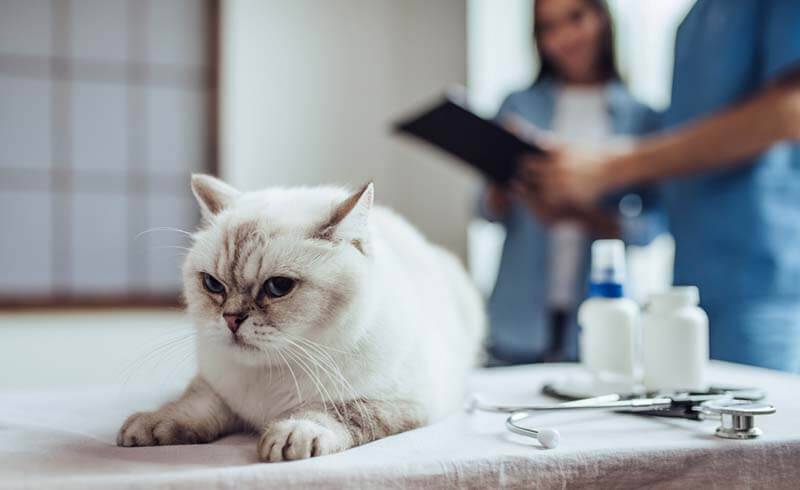
Treatment of rotavirus in cats
There is currently no specific medicine for the treatment of rotavirus. In other words, there is no drug that kills the virus or accelerates its elimination from the body. The cat’s body will gradually independently form an immune response that will defeat the infection.
The recommended treatment is aimed at eliminating the symptoms of the disease and maintaining the cat’s body. Rotavirus, entering the intestines, in the course of its life, releases toxic substances that cause inflammation of the intestines and poisoning of the body – enterotoxins. As a result of inflammation, the absorption of fluid and nutrients in the intestine is disturbed, intoxication develops, and the bacterial composition of the intestinal flora is disturbed. In the intestines there is a large number of various bacteria (conditionally pathogenic bacteria), which do not adversely affect a healthy body.
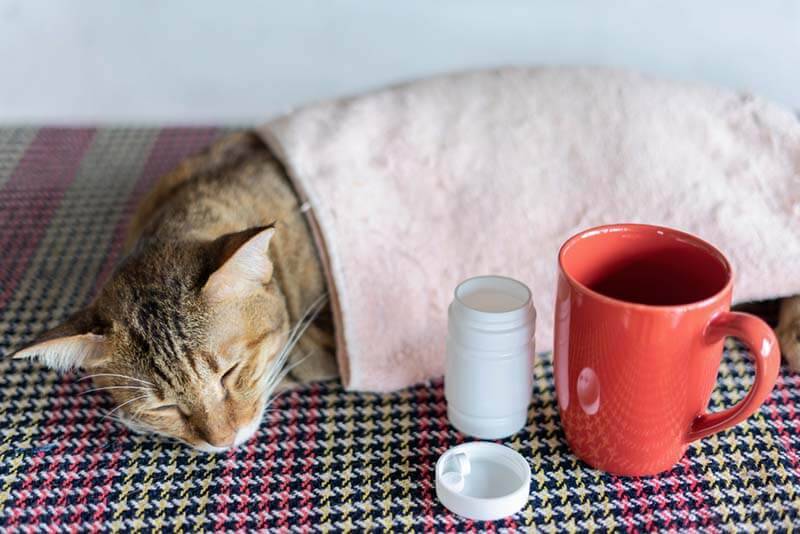
But with intestinal inflammation, they begin to multiply uncontrollably – increase in number, which already secondarily enhances the inflammatory process. Treatment is aimed at eliminating this effect on the body. Drug treatment depends on the severity of the symptoms and the severity of the course of the disease. First of all, drugs are prescribed that absorb toxins released by viruses and remove them, thereby reducing their effect on the body.
For nutrition, an easily digestible diet is recommended. In severe cases of the disease, when signs of dehydration appear, droppers with electrolyte salt solutions (0,9% sodium chloride, Ringer’s solution, sterofundin) are prescribed. Antibiotics are usually not needed as they do not work against viruses and in most cases rotavirus infection in cats is fairly mild. Antibiotics are prescribed for severe illness, when symptoms of intoxication, dehydration are expressed and the cat refuses to eat. In such cases, they are needed to suppress secondary bacterial inflammation in the intestine.
First aid for an animal
When a liquid appears in the stool, the first thing that can be done is to give an enterosorbent that absorbs toxins – Enterosgel, Polysorb, Smecta. It needs about 5-10 ml per adult cat or cat. Enterosorbents are given strictly on an empty stomach, one hour before meals or 2 hours after, 2-3 times a day. It is important to provide your pet with frequent full-fledged feeding and clean water in the public domain.
If a loose stool appeared in a cat in a house where several pets are kept, it is better to isolate the patient.
If you experience symptoms of dehydration, reduced activity or refusal to eat, you should immediately consult a veterinarian for an examination.
Pet care
Rotavirus enteritis in cats does not require special pet care. As with any other infectious disease, the following rules should be observed:
Observe the general condition (appetite, activity, stool, vomiting) and, if worsening, immediately contact the clinic
If there are several cats in the house, it is recommended to keep a sick pet separately.
Timely clean the toilet tray and the room where the infected animal is kept.

Danger to humans
Feline rotavirus infection can be transmitted to humans, although such cases are infrequent and do not cause outbreaks in humans.
However, it is important that pet owners keep infected cats away from small children, especially babies. When handling the faeces of an infected animal, precautions must be taken, such as wearing latex gloves and disinfecting the pet’s living area.
Prevention
Rotavirus infection in pets has no specific prevention, that is, there is no vaccination against this disease. But the following precautions will help prevent rotavirus in cats:
If you plan to introduce a new pet to the house, you can test it for rotavirus in advance to exclude possible transmission to other animals in the house.
It is also recommended that a newly arrived pet be kept in quarantine (separately from others) for 21 days.
The best prevention for a kitten is mother’s milk, as it contains antibodies that can protect against rotavirus.
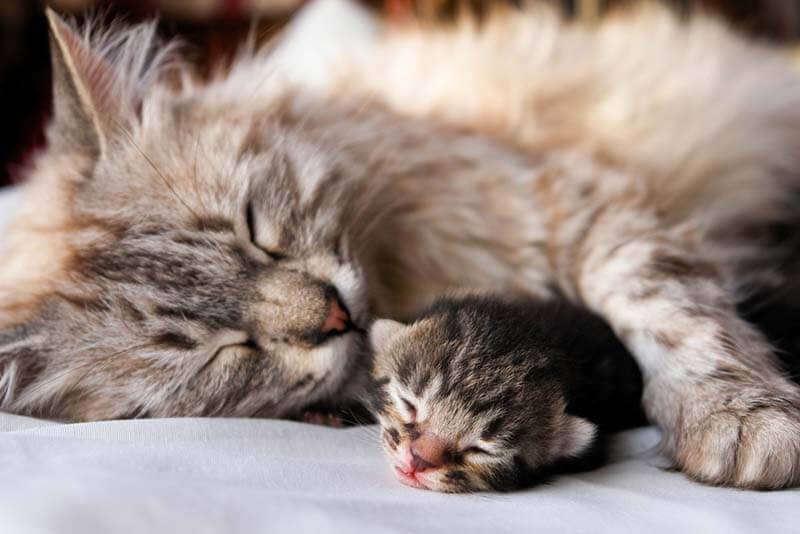
Rotavirus Infection in Cats: Essentials
This is a viral intestinal infection that is widespread. It can affect humans and many animal species.
Rotavirus is transmitted through feces and is most dangerous for small kittens and adults with a weakened immune system.
The main symptom is loose stools. The infection is often asymptomatic.
The main diagnostic method is PCR feces.
There is no specific treatment. The main help is to eliminate the symptoms of diarrhea.
In severe cases of the disease, droppers are required.
Rotavirus can be transmitted from pets to humans. When caring for a cat, you need to take precautions.
The main prevention when a new pet appears in the house is the study of feces.
Sources:
Molecular Epidemiology of Rotavirus in Cats in the United Kingdom AC German, a,bM. Iturriza-Gomara,aW. Dove,aM. Sandrasegaram,aT. Nakagomi, cO. Nakagomi,cN.Cunliffe,aA. D. Radford,a,b andK. L. Morganb,d // J Clin Microbiol. 2015 Feb. https://www.ncbi.nlm.nih.gov/pmc/articles/PMC4298538/
Infectious diseases of the dog and cat / [edited by] Craig E. Greene. — 4th ed. 2012.
Answers to frequently asked questions




